You will be spoiled for choice if you want to add John Deere equipment to your fleet. The company Deere Company that conducts business as John Deere has a lot to offer.
Start with heavy construction equipment and you can choose from excavators, dozers, compact truck loaders, motor graders, skid steers, articulated trucks, and more. Move towards agricultural equipment for which John Deere is considered a market leader and you get combine harvesters, tractors, skid steer loaders, wheel loaders, and more.

In between, John Deere also manufactures state-of-the-art diesel engines, gearboxes, transmissions, forestry machinery, drivetrains like axles, and smaller machinery like lawn care equipment.
If you have one or more John Deere equipment in your fleet, you need the Jaltest John Deere engine code reader to track and monitor their health and ensure that they are always on the job without downtime.
The John Deere Engine Fault Codes List And How Does It Work
It is now required by law for every modern vehicle or equipment to have an onboard computer to know about their state on various metrics. These include hydraulics, brake lights, body computers, transmissions, and most importantly, engines. When a malfunction occurs, it is shown as a fault code, typically in alpha-numeric form, on the display panel of the onboard computer tucked away below the dashboard on the driver’s side.

Based on the identification of the code and the corresponding problem, resolutions can be initiated to bring the equipment back on the job. This is done with our Jaltest John Deere trouble codes reader and software which needs to be connected to the onboard computer. Backed by live technical and maintenance data, you can resolve the issues at a level that is no less than the dealer level.
Now, what are trouble codes also known as John Deere flash codes?
These codes are displayed on the onboard computer as a flashing light sequence indicating a fault within the systems or components of the machine or equipment. When you connect the Jaltest John Deere engine code reader to the onboard computer, the John Deere flash codes will be reflected on the software laptop too. From here, you will be guided on the most optimized solutions to bring your equipment back on the job.
Take the example of John Deere excavator trouble codes. As with other types of John Deere equipment, these codes are of two types.
One is the temporary Diagnostic Trouble Code (DTC) or flash code that requires simple solutions and generally is cleared within a few driving cycles before a minor issue becomes a full-blown problem.
The other type is more permanent in nature and needs complex resolutions to clear. An example is Flash Code ECU 001008.18 which indicates low oil pressure related to the engine control unit. Another example is soot accumulation in the diesel particulate filter of diesel engines.

A quick word about John Deere SPN code is relevant in this context. SPN is short for Suspect Parameter Numbers and represents fault codes that indicate that something is wrong with the vehicle or equipment. SPN codes specify the type of vehicle and where it was issued, provide important information about specific malfunctions, and help to quickly and seamlessly resolve issues with the equipment.
An example of John Deere SPN codes is SPN 157 which informs that fuel pressure is low or rail pressure sensor voltage is out of range. SPN codes are applicable only in John Deere equipment that uses a J1939 CAN data link.
In every instance, our Jaltest John Deere engine live monitoring tool will guide and handhold you through the most optimized solutions so that your equipment is back on the job at the earliest.
Click Here
John Deere Engine Live Monitoring Features
There are a host of functions that can be carried out with the John Deere Engine Live Monitoring features that help you identify any problem before it can adversely impact the performance of the engine. You get key insights into equipment performance parameters that enhance productivity and ensure that your machine performs optimally under the right conditions.
With John Deere engine live monitoring, you can track live engine RPM and Load in real time on the “Right Now” tab of the Operations Center Mobile to know the current working conditions. Similarly, the “Today” tab provides daily updates on equipment utilization including fuel consumption and utilization hours. By monitoring fuel consumption, you can be sure that your equipment will never go into “Empty” mode at peak operating times.

Let us take an example of John Deere excavator engine live monitoring and what you can do with this feature.
The remote monitoring capabilities are as follows.
- Monitor the current engine load and RPM live and in real-time.
- Track the volume of fuel in your equipment and fill it up before it grinds to a halt.
- Know where the equipment is located and how many hours of fuel is remaining in it.
- Check the utilization of the equipment and for how long is it idling, working, or transporting. This is important to know the level of your return on capital investment.
The diagnostic capabilities are as follows.
- Remote diagnostics and programming by connecting remotely with the Jaltest John Deere engine code reader. It allows you to read and clear John Deere trouble codes and record performance data so that engine parameter settings can be carried out whenever needed for best performance and productivity.
- Quick alerts provided by technologically advanced algorithms that analyze machine data to recognize potential flash codes before they become major issues leading to downtime.
- Updates about the entire operations including field and machine updates are provided around the clock.
- John Deere trouble codes are flashed on the diagnostic software that you can check from our Jaltest John Deere engine fault codes list. Once you get information about possible engine or other system issues, you can carry out full system scans to locate the malfunction and set it right.

When you undertake a John Deere engine system check, you can either opt for periodical full system scans or scan by symptoms when a trouble code pops up. In the first instance, you scan all the systems, starting from the engines and going to transmission, hydraulics, and more. Any small issue will be identified and you can immediately resolve the issue without having to go through lengthy procedures.
On the other hand, when you scan by specific systems, our John Deere engine code reader will first prompt you to provide a series of information ranging from the make and model of the equipment to the nature of the fault before advising on how to set it right.
Read more about John Deere diagnostic software.
Setting John Deere Engine Parameters
Taking up John Deere engine parameter setting is not a complex activity once you use the Jaltest engine code reader software. Engine parameter settings maximize productivity and performance and you get the most out of your equipment. The parameters set depend on the work being done, the condition of the terrain, and several other factors. For example, dozers are used in various challenging terrains and hence, the John Deere dozer engine parameter setting will take this factor into account.
The model of the equipment and the job on hand also play a major role in determining the parameters that include engine power limits, maximum engine speeds, and other engine metrics.

The John Deere engine parameter setting is done by connecting the Jaltest John Deere engine fault codes list software to the onboard computer of the equipment and adjusting engine parameters. You need to access the software and navigate to the “engine” option in the menu. Now set the various engine parameters that will optimize the performance of the equipment from the drop-down menu.
John Deere Trouble Codes And Forced Regens
Forced regen is one of the most critical activities on the John Deere engine fault codes list and a complex one too. Forced regens become essential when there is soot buildup in the diesel particulate filter of a diesel-powered engine and passive regens are unable to clear the soot. Depending on the severity of the soot accumulation, it is not uncommon for equipment to seize up and go into limp mode.
When such a trouble code shows up on the Jaltest John Deere engine code reader, the software will take steps to clear the soot through forced regens. Typically, it means running the engine for around 40 minutes at a rev as specified in the software ranging from High to Very High based on the extent of soot accumulation.
The rise in temperature of the exhaust gas due to the constant running at a high rev burns off the collected soot in the diesel particulate filter and frees up the engine. This fault happens in diesel-powered engines that have stop-go-stop driving cycles like dozers and excavators and not long-haul buses and trucks that run for extended periods.
Summing Up
The Jaltest Jogn Deere engine code reader is optimized for your John Deere equipment regardless of its make or use. Our user-friendly software guides you on clearing John Deere trouble codes so that your equipment gets dealer-level servicing on your premises and downtime, if any, is at a minimum.
Further, our software has an edge over others in this niche because it is very user-friendly. Unlike others, you do not have to go through elaborate set up and configuration processes when installing the software on your laptop. It is an easy plug-and-play job and your tool is ready for fault code diagnosis within no time.
Finally, we provide three updates to the software every year to keep abreast of technological innovations to John Deere equipment. This is to ensure that our maintenance tool does not become obsolete.
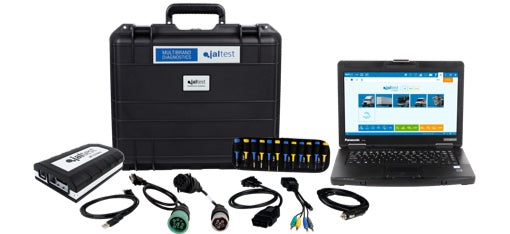
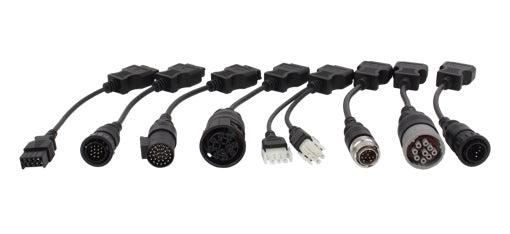

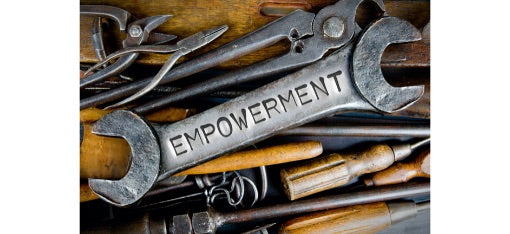

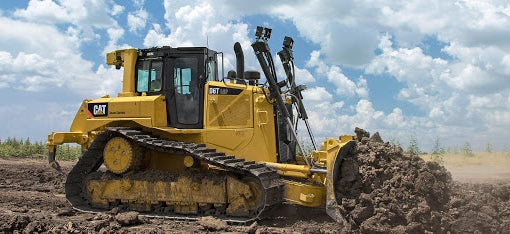
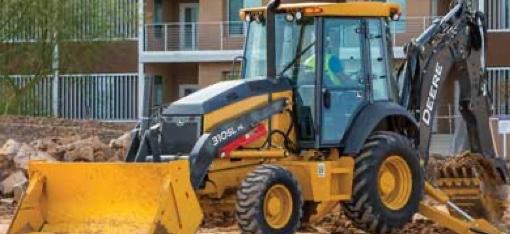
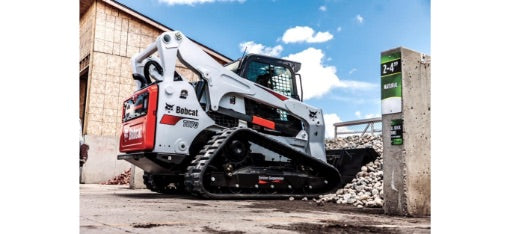
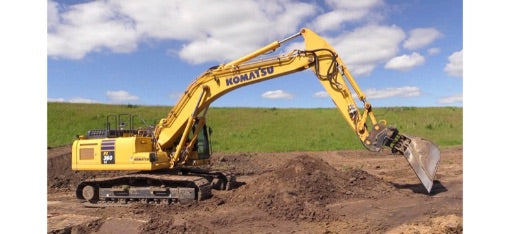
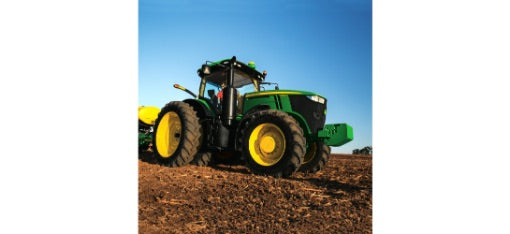
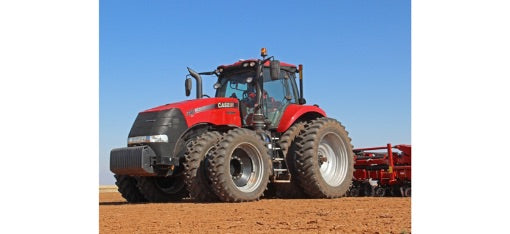
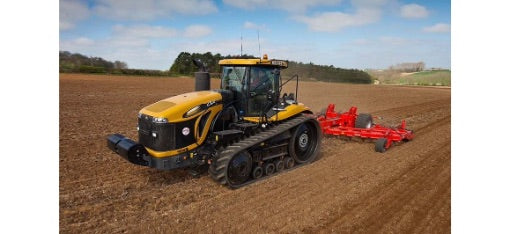

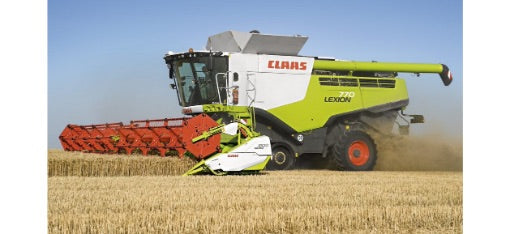






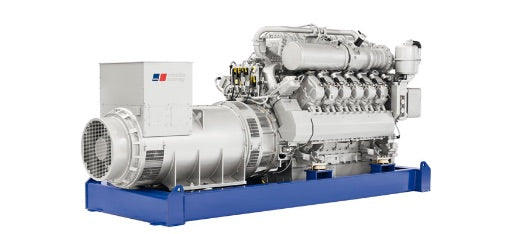


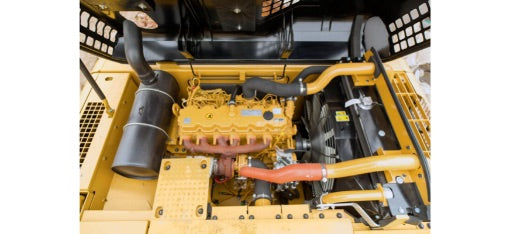

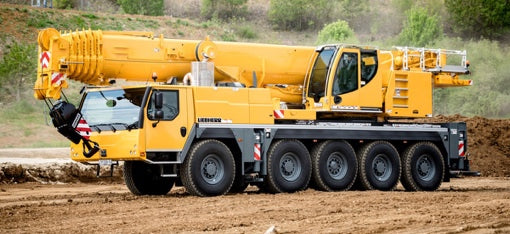
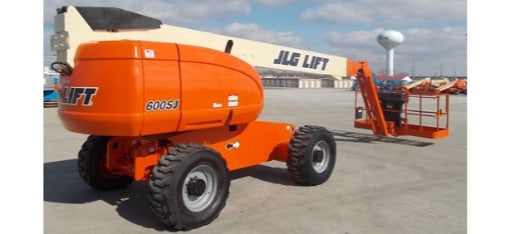
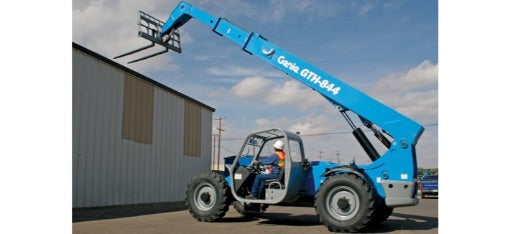



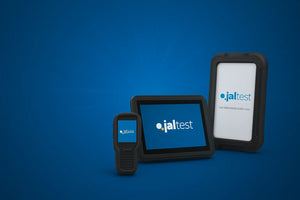
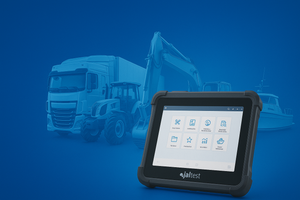








Leave a comment